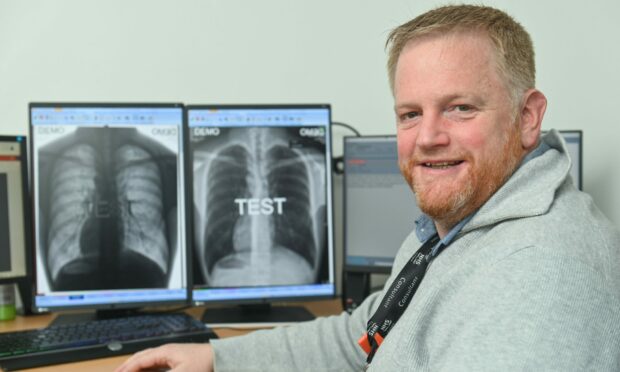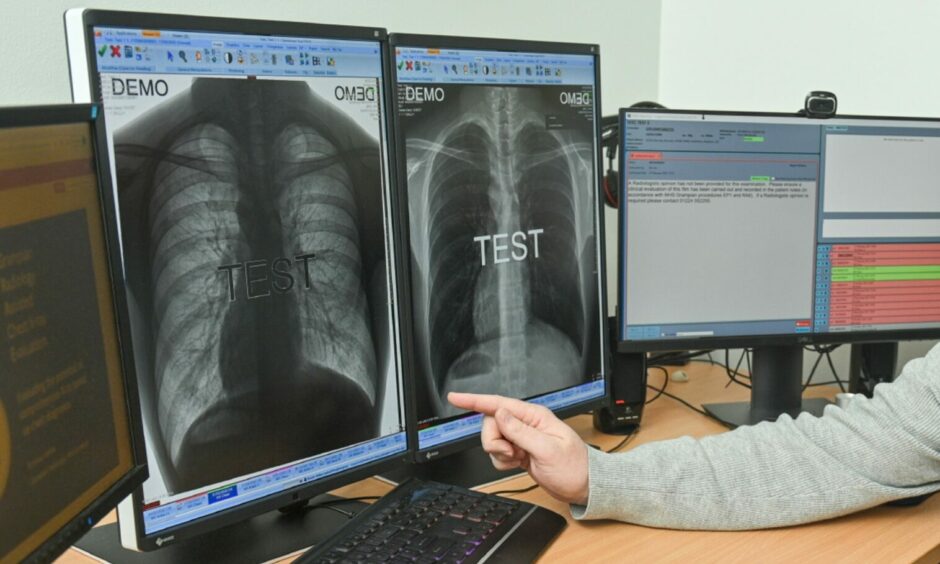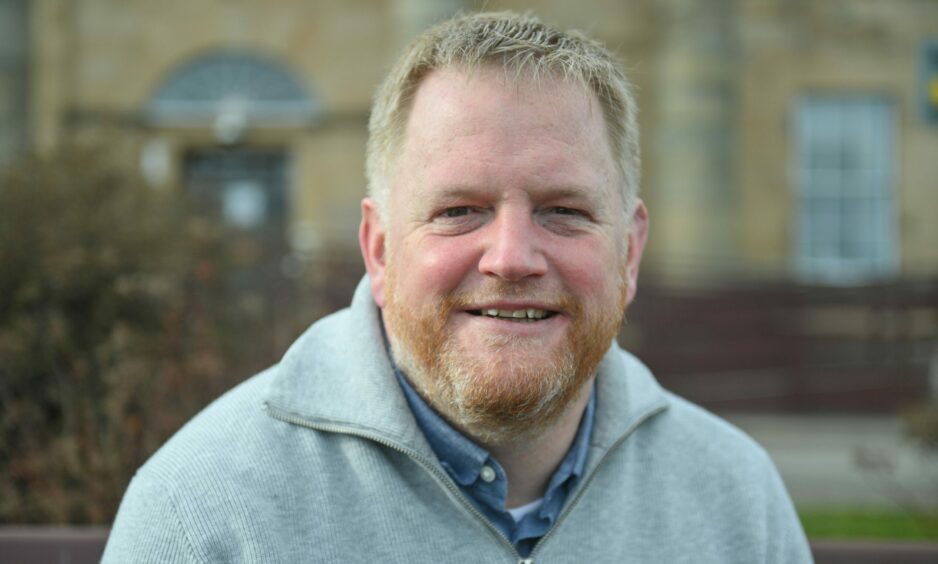Patients across the north-east are already benefitting from a major NHS Grampian trial harnessing “the future” of X-ray technology.
Artificial intelligence software has been rolled out at 12 sites, including Aberdeen Royal Infirmary and Dr Gray’s in Elgin, to help radiologists make better decisions faster.
The six-month trial marks the first time the Annalise CXR system has been tested by any UK health board.
But it doesn’t mean robots will soon be diagnosing patients – with human radiologists still having the final say.
What does this mean for patients?
Every year NHS Grampian generates around 350,000 medical images, including 60,000 chest X-rays.
They are all manually assessed by radiologists but the use of Annalise is drastically speeding up this process – particularly when it comes to lung cancer.
The Australian-created AI can scan each image for more than 100 potential issues – flagging things so small they could be missed by human eyes.
If it senses something of concern, it can move the patient’s file to the top of the list to be reviewed more urgently – acting as an automatic triage system.
Consultant radiologist Dr Struan Wilkie, who is also NHS Grampian’s clinical lead for radiology IT, says the benefits are already being felt.
“A lot of patient journeys for cancer can just start with a GP referral for an X-ray,” he explained.
“And once it’s been acquired we want it reported and the referrer informed – the GP, or the clinician in the hospital – as quickly as they can.
“We can’t stop people getting lung cancer, but if we can pick it up even earlier we might be able to do something, rather than it presenting later at a more advanced stage.
Dr Wilkie added: “There have been a couple of patients it has assisted in getting their diagnosis expedited and, to me, that’s a win.”
‘Not a replacement’ for human staff
It took around 14 months for the Annalise CXR system to be fully integrated into NHS Grampian’s own.
And alongside radiology, it is also being tested in some wards and the emergency department.
Dr Wilkie said: “Some of the people using it say it’s generated more of a discussion and learning with everyone.
“When they get an odd X-ray it makes them talk about it more.”
He added: “It’s not going to replace us, but there’s a pair of digital eyes sorting the X-rays and bringing them to our attention.
“It’s not a diagnostic tool – it’s a decision support tool that will help our workflow, and improve and reduce the wait times for patients with urgent findings.
“And it’s certainly not something that’s taken lightly. Patient safety is of the utmost importance.”
Capacity to save lives
The trial is part of the Grace project, led by NHS Grampian’s innovation hub.
And, while it does mark the first time it has been used by a UK health board, Annalise CXR has been rolled out widely in other areas.
Around one in four radiologists in Australia are using the system, which has helped more than one million patients Down Under in the last few years.
The co-founder and chief executive of tech firm annalise.ai, Dimitry Tran, said: “There’s nothing worse than getting through a day of work and the last patient you look at should have been your first.
“In a professional situation you can’t get everything done in one sitting with no distractions.
“You have calls to take and patients to see, but now you have a tool that can help you to not miss things when there’s a lot of pressure.”


